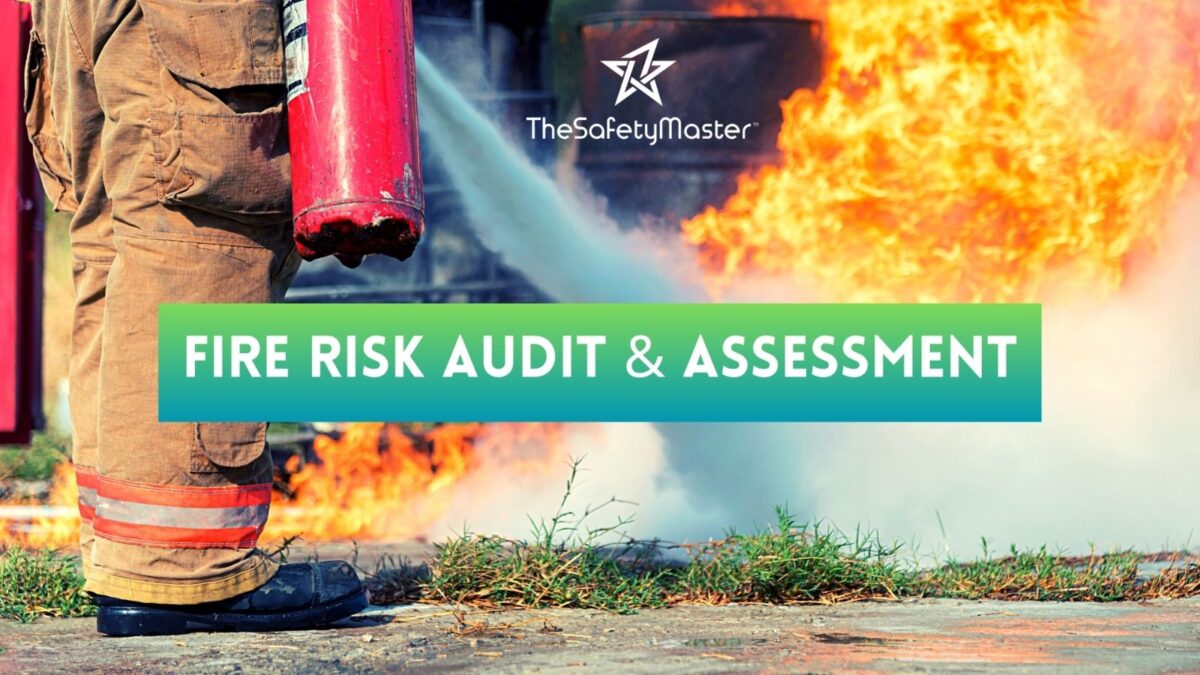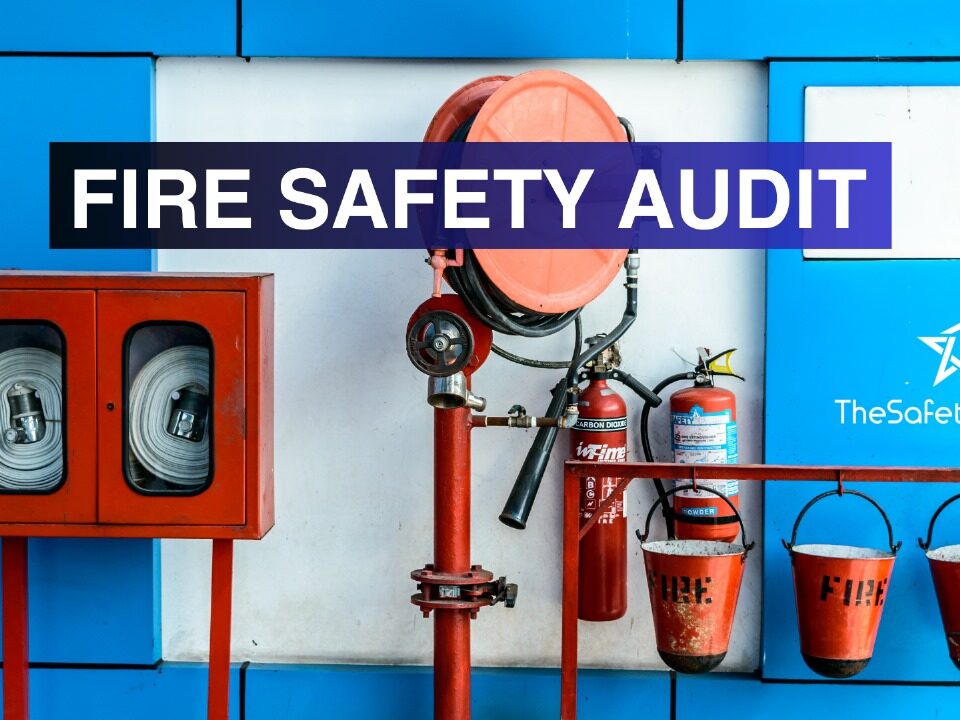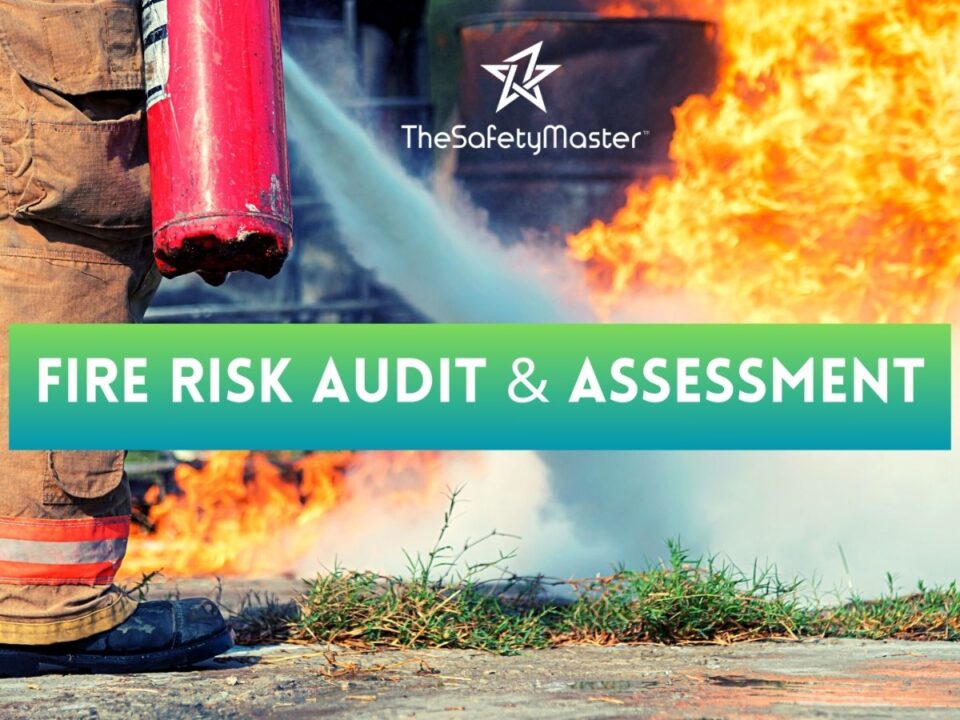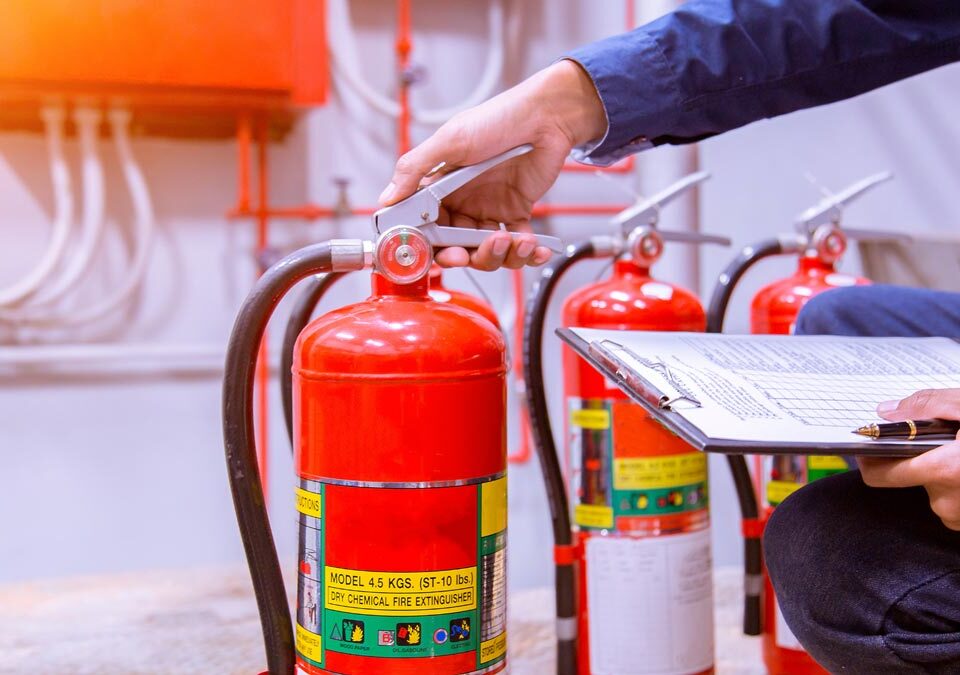Fire Safety Audit: The Role of Technology in Modern Fire Safety Audits

Behavior-Based Safety Implementation: Overcoming Resistance
January 17, 2025
How Can Fire Audits Enhance Emergency Preparedness Beyond Compliance?
January 20, 2025Fire safety audits are a critical aspect of ensuring the safety and well-being of individuals and property in various settings, including residential, commercial, and industrial environments. The importance of these audits cannot be overstated, as they help identify potential fire hazards, assess the effectiveness of existing safety measures, and recommend improvements to mitigate risks. In recent years, the role of technology in modern fire safety audits has become increasingly significant, revolutionizing the way audits are conducted and enhancing overall fire safety standards. This essay explores the various ways in which technology has transformed fire safety audits, highlighting the benefits, challenges, and future prospects of these advancements.
The Evolution of Fire Safety Audits
Traditionally, fire safety audits were largely manual processes, relying on human expertise to identify hazards and assess compliance with safety regulations. These audits involved physical inspections, interviews with personnel, and a thorough review of safety documentation. While effective to some extent, this approach had limitations, such as the potential for human error, time-consuming procedures, and the inability to comprehensively assess complex systems in large facilities.
The advent of technology has addressed many of these challenges, leading to the development of more sophisticated and efficient fire safety audit methods. Technology has enabled auditors to conduct more accurate assessments, streamline processes, and provide actionable insights that can significantly improve fire safety outcomes.
The Role of Technology in Fire Safety Audits
- Digital Inspection Tools
One of the most significant advancements in fire safety audits is the use of digital inspection tools. These tools allow auditors to conduct inspections using handheld devices, such as tablets or smartphones, equipped with specialized software. Digital inspection tools enable auditors to document findings in real-time, capture photos, and generate reports automatically. This eliminates the need for manual data entry, reduces the risk of errors, and speeds up the auditing process.
For example, The Safety Master, a leading provider of safety solutions, has integrated digital inspection tools into their fire safety audits. This allows their auditors to efficiently record observations, ensure compliance with safety standards, and provide clients with comprehensive reports that are easy to understand and act upon.
- IoT and Smart Sensors
The Internet of Things (IoT) has had a profound impact on fire safety audits by enabling the use of smart sensors and connected devices. These sensors can monitor various parameters, such as temperature, smoke, and gas levels, in real-time. When integrated into a fire safety system, IoT devices can provide continuous monitoring, alerting personnel to potential hazards before they escalate into full-blown emergencies.
During a fire safety audit, IoT devices can provide auditors with valuable data on the performance of fire detection and suppression systems. For instance, The Safety Master uses IoT-enabled sensors to assess the functionality of fire alarms, sprinklers, and ventilation systems. This data-driven approach allows for a more comprehensive evaluation of fire safety measures, identifying areas that require maintenance or upgrades.
- Drones and Robotics
Drones and robotics have emerged as powerful tools in modern fire safety audits, particularly in large or hazardous environments where manual inspections may be challenging or unsafe. Drones equipped with cameras and thermal imaging sensors can inspect areas that are difficult to access, such as rooftops, high-rise buildings, or industrial plants. They can capture high-resolution images and videos, providing auditors with detailed visual information that would be otherwise difficult to obtain.
Similarly, robotic devices can be used to inspect confined spaces, such as ducts or storage tanks, where human access is limited. These devices can be equipped with sensors to detect fire hazards, such as gas leaks or electrical faults, and relay the information to auditors in real-time.
The Safety Master has incorporated drones and robotics into their fire safety audits, allowing them to conduct thorough inspections of complex facilities without compromising safety. This technology not only enhances the accuracy of audits but also reduces the time and cost associated with manual inspections.
- Data Analytics and Artificial Intelligence
Data analytics and artificial intelligence (AI) have become invaluable tools in fire safety audits, enabling auditors to analyze large volumes of data and identify patterns that may indicate potential fire risks. By leveraging AI algorithms, auditors can predict the likelihood of fire incidents based on historical data, assess the effectiveness of fire safety measures, and recommend targeted interventions.
For example, AI-powered software can analyze data from fire incidents, equipment failures, and maintenance records to identify trends that may indicate underlying safety issues. This proactive approach allows organizations to address potential risks before they result in fires, thereby enhancing overall safety.
The Safety Master utilizes AI-driven data analytics to provide clients with predictive insights that can inform their fire safety strategies. By identifying areas of vulnerability and recommending preventive measures, AI technology helps organizations minimize the risk of fire incidents and improve their safety performance.
- Virtual Reality and Augmented Reality
Virtual reality (VR) and augmented reality (AR) are increasingly being used in fire safety audits to simulate fire scenarios and assess the preparedness of personnel. VR and AR technologies allow auditors to create realistic fire simulations, enabling them to evaluate the effectiveness of emergency response plans and training programs.
For instance, VR can be used to simulate a fire evacuation in a large building, allowing auditors to assess the behavior of occupants and identify potential bottlenecks in the evacuation process. AR, on the other hand, can overlay digital information on physical environments, helping auditors visualize fire hazards and safety measures in real-time.
The Safety Master has integrated VR and AR into their fire safety training programs, providing clients with immersive experiences that enhance their understanding of fire safety protocols. This technology not only improves the effectiveness of audits but also empowers organizations to respond more effectively in the event of a fire.
Benefits of Technology in Fire Safety Audits
The integration of technology into fire safety audits offers numerous benefits, including:
- Increased Accuracy: Technology enables auditors to conduct more precise assessments, reducing the likelihood of oversights or errors.
- Efficiency: Automated processes and real-time data collection streamline the auditing process, saving time and resources.
- Comprehensive Insights: Advanced tools provide auditors with detailed information, allowing for a more thorough evaluation of fire safety measures.
- Proactive Risk Management: Predictive analytics and continuous monitoring enable organizations to address potential risks before they escalate.
- Enhanced Safety: Drones, robotics, and VR reduce the need for auditors to enter hazardous environments, improving safety during inspections.
Challenges and Considerations
While technology has revolutionized fire safety audits, it also presents certain challenges that must be addressed:
- Cost: The implementation of advanced technologies can be expensive, particularly for smaller organizations with limited budgets.
- Technical Expertise: The use of sophisticated tools requires specialized knowledge, necessitating training and upskilling of personnel.
- Data Security: The integration of IoT devices and data analytics raises concerns about data privacy and cybersecurity, requiring robust safeguards.
Future Prospects
The future of fire safety audits lies in the continued integration of emerging technologies. As innovations such as AI, IoT, and VR become more accessible and affordable, their adoption in fire safety audits is likely to increase. Additionally, advancements in cloud computing and edge computing will enable real-time data processing, further enhancing the effectiveness of audits.
Moreover, the development of more sophisticated AI algorithms will enable auditors to conduct even more accurate risk assessments, predicting fire incidents with greater precision. The integration of blockchain technology could also improve the transparency and traceability of audit processes, ensuring that safety standards are consistently met.
Conclusion
The role of technology in modern fire safety audits is transformative, offering new opportunities to enhance the accuracy, efficiency, and effectiveness of these critical assessments. By leveraging digital tools, IoT devices, drones, AI, and VR, organizations can improve their fire safety standards, protect lives and property, and ensure compliance with regulations. However, the successful implementation of these technologies requires careful consideration of costs, technical expertise, and data security. As technology continues to evolve, the future of fire safety audits looks promising, with the potential to achieve even higher levels of safety and preparedness.




